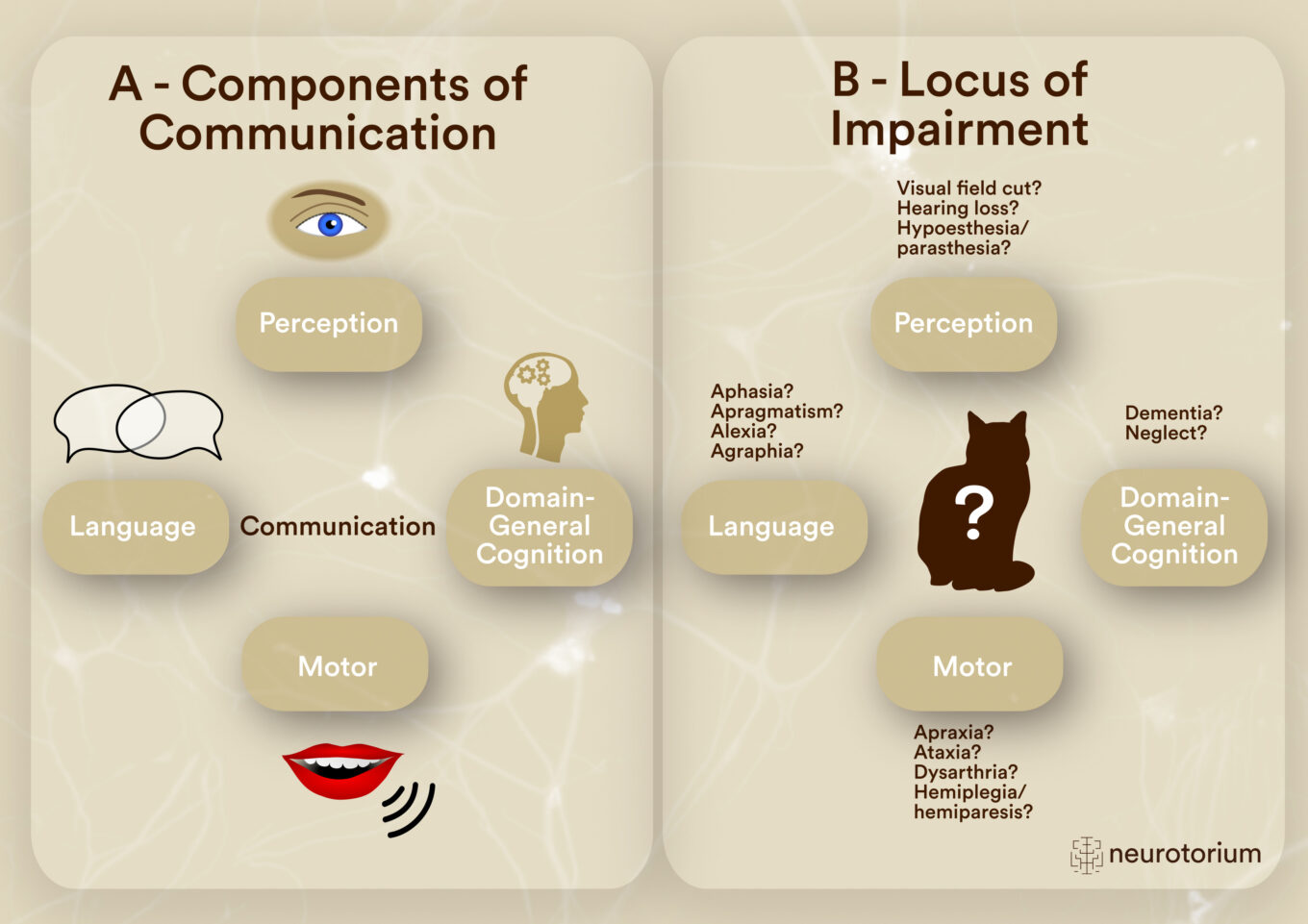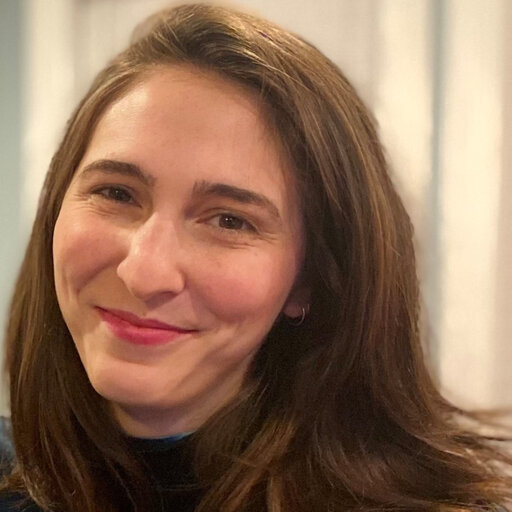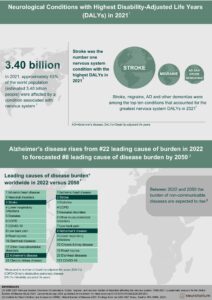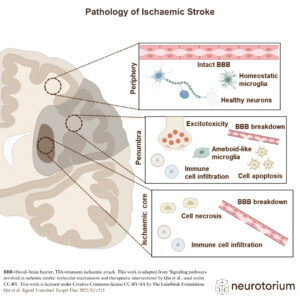Part A of the figure highlights the skills necessary to participate in a successful communication exchange with others. (From left, moving clockwise) Language comprises the symbol system that conveys conceptual mental representations into meaningful information to be interpreted by other communication partners. We also need to gather the input from other communication partners via our senses, such as through vision or audition. Domain-general cognitive skills, such as memory and attention, underly our ability to maintain our role as an engaged, active participant in the conversation such as remembering details previously mentioned in the conversation or integrating information from the conversation with prior knowledge. Finally, in order to respond, we rely on motor execution to speak, sign, write, or type in order to send a message to other communicators.
Part B of the figure lists some possible disorders that can occur following acquired impairment or dysfunction at each communication component. Many individuals may present with difficulties recognizing and naming an object, but the locus of impairment, or the underlying cause, of the naming impairment may differ depending on the component affected. Knowing which component(s) of communication are affected from a stroke through behavioral assessment plays an integral role in determining the course of intervention.






